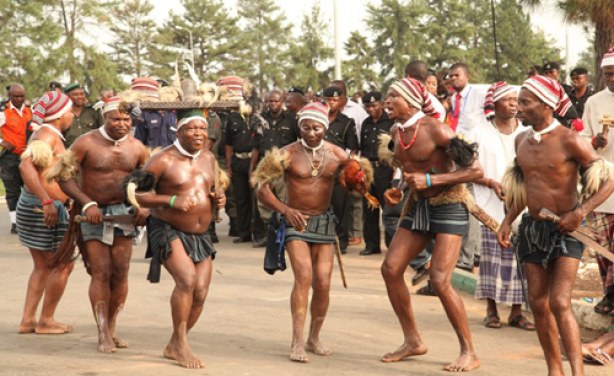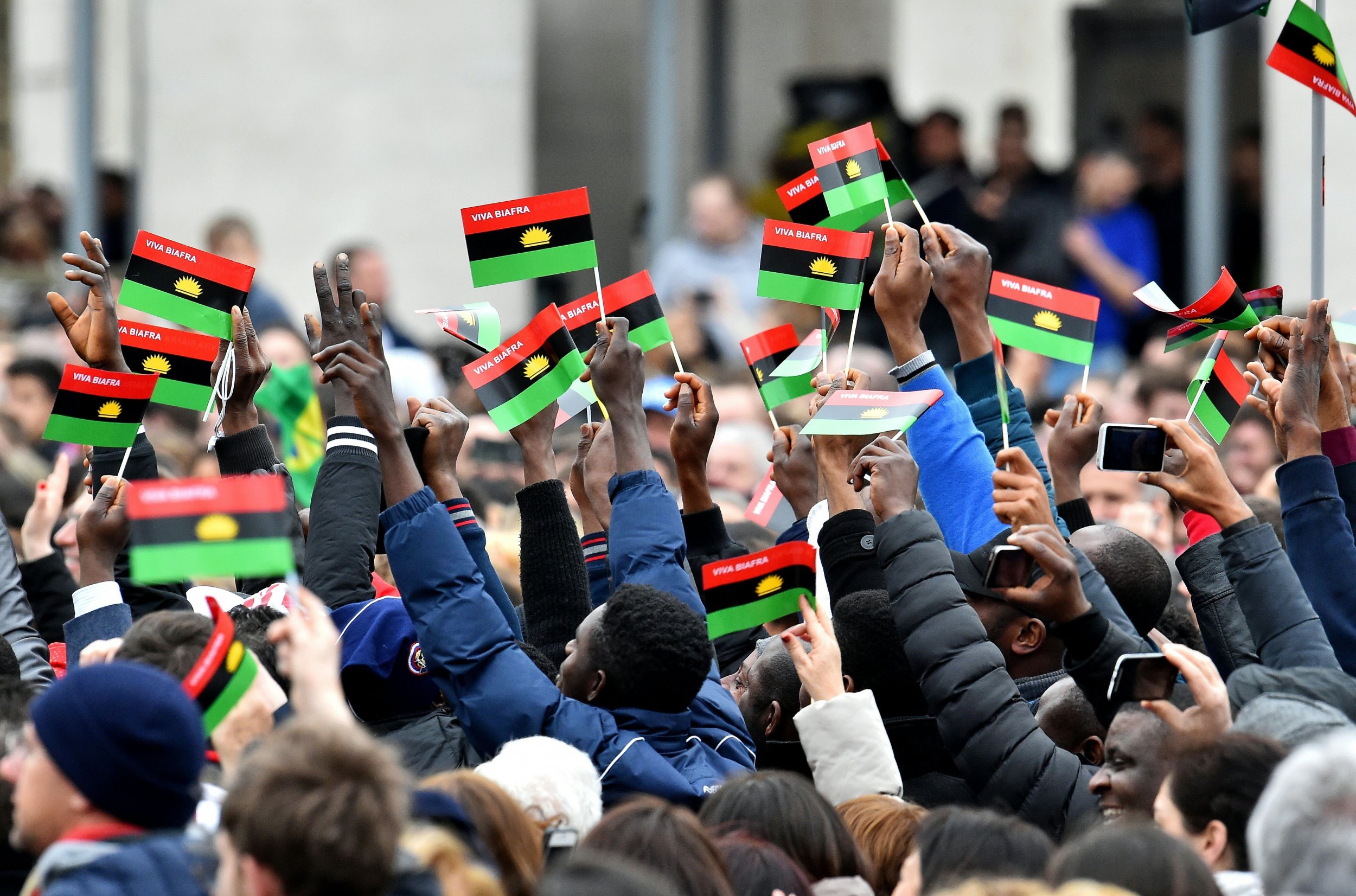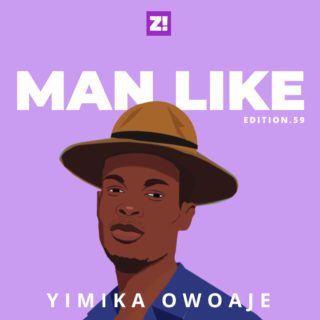51 years ago, the former Eastern Region of Nigeria unilaterally declared independence from Nigeria as the Republic of Biafra. Millions of lives and 30 months later, the war ended with a Nigerian victory. The Nigerian military adopted inhumane tactics such as food blockades and genocide, leading to the widespread death of civilians through famine.
Many people are ignorant of that era of our country’s history. Deliberately removed from schools’ history curriculums, many people had to learn about the war through second-hand recounts from older people affected by the war and reading about it on the internet. The lack of knowledge about our history has repeatedly thrown us into regrettable situations. The continued maltreatment of Igbo people in Nigeria that led to the war has continued until today. In remembrance of the declaration of the Republic of Biafra, here are 7 things you should know about Biafra.
1. Geography
The area which was referred to as Biafra comprised of Ebonyi, Enugu, Anambra, Imo and Abia states. It is named after the Bight of Biafra, the coastline flanking the south-eastern states.
2. Biafran Languages
The official language of the Republic of Biafra was English. There were 100+ languages from the regions that became Biafra, with the major populations speaking Igbo, Anaang, Efik, Ibibio, Ogoni, Ejagham and Ijaw.

3. Biafran Agency for Research and Production (RAP)
At the beginning of the Biafra war, Biafra had no formidable supply of weapons and ammunition. The Biafran Agency for Research and Production (RAP) was formed by prominent scientists from the University of Nigeria, Nsukka (then known as the Republic of Biafra). The agency produced bombs, rockets, missiles (collectively called Ogbunigwe), as well as ammunition, armoured vehicles, telecommunication gadgets and petroleum refineries among others for the Biafran Armed Forces. According to Biafran government claims at the time, the flying Ogbunigwe was the first rocket to be wholly designed, developed, mass-produced and launched in Africa. It first saw combat in 1967, over one year before the launching of the first indigenous South African rocket in December 1968.
4. Biafran Currency
The currency of Biafra had been the Nigerian pound until the Bank of Biafra started printing out its own notes called the Biafran pound. The Biafran pound was the currency of the breakaway Republic of Biafra between 1968 and 1970. The first notes denominated in 5 shillings and £1 were introduced on January 29, 1968. A series of coins was issued in 1969; 3 pence, 6 pence, 1 shilling and 21⁄2 shilling coins were minted, all made of aluminium.
5. International Relations
Biafra was formally recognized by Gabon, Haiti, Ivory Coast, Tanzania, and Zambia. This gave the young country a claim to statehood. Other nations, which did not give official recognition but provided support and assistance include France, Spain, Portugal and Norway. Others include Rhodesia, South Africa, and Vatican City.

6. Biafran Politics
The Republic of Biafra ran as a unitary republic administered under emergency measures. It consisted of an executive branch, in the form of Chukwuemeka Odumegwu Ojukwu, and a judicial branch in the form of the Ministry of Justice. Its legal system was based on the English Common Law. The capital of Biafra moved three times during the course of the war from Enugu (1967) to Umuahia (1967–1969) to Owerri (1969–1970) and finally to Awka (1970).
7. The Biafran Flag
The colours of the Biafran flag were green, black and red with a rising yellow sun in the middle black strip.
Read: 5 Roles Of The Nigerian Vice President You Should Know
COMPONENT NOT FOUND: donation



